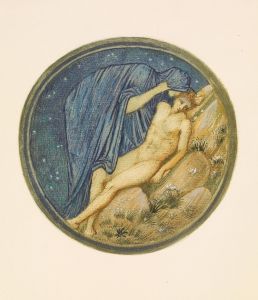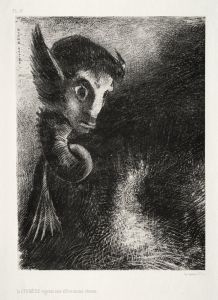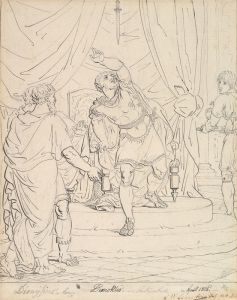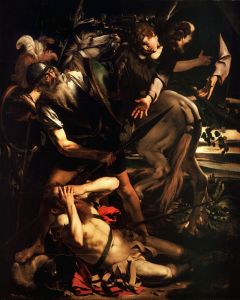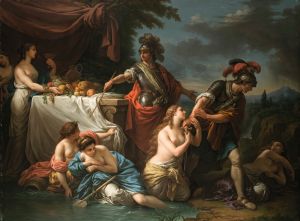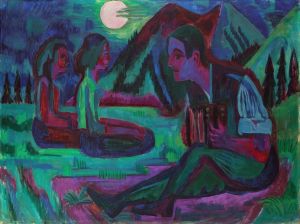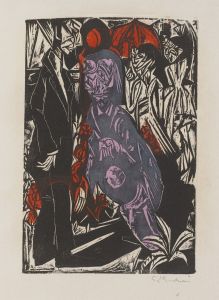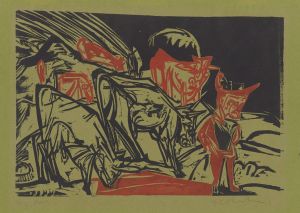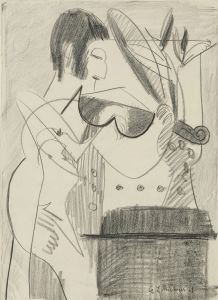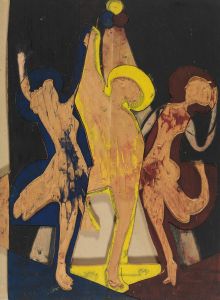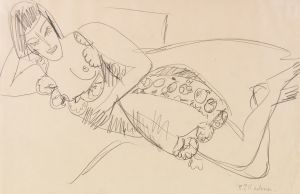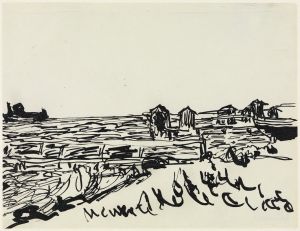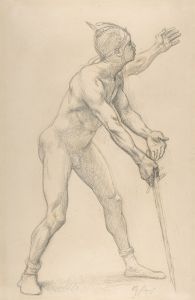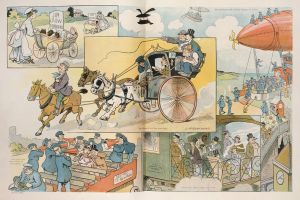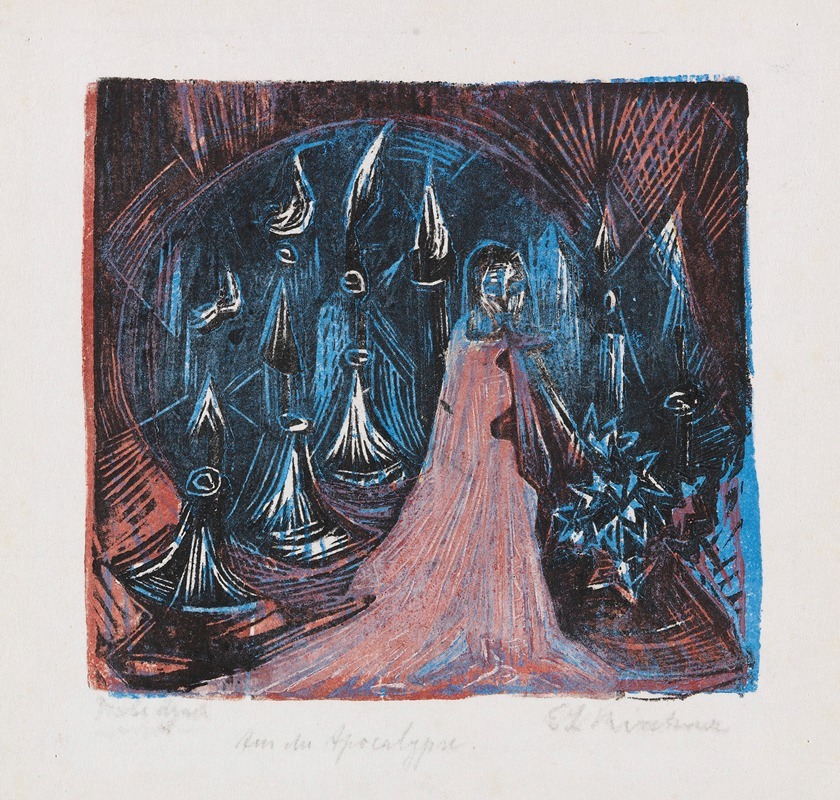
Der Mann mit dem zweischneidigen Schwert. – Vision der sieben Leuchter
A hand-painted replica of Ernst Ludwig Kirchner’s masterpiece Der Mann mit dem zweischneidigen Schwert. – Vision der sieben Leuchter, meticulously crafted by professional artists to capture the true essence of the original. Each piece is created with museum-quality canvas and rare mineral pigments, carefully painted by experienced artists with delicate brushstrokes and rich, layered colors to perfectly recreate the texture of the original artwork. Unlike machine-printed reproductions, this hand-painted version brings the painting to life, infused with the artist’s emotions and skill in every stroke. Whether for personal collection or home decoration, it instantly elevates the artistic atmosphere of any space.
Ernst Ludwig Kirchner's painting Der Mann mit dem zweischneidigen Schwert. – Vision der sieben Leuchter (translated as The Man with the Double-Edged Sword – Vision of the Seven Candlesticks) is a work by the German Expressionist artist, created in 1917. Kirchner, a founding member of the influential art group Die Brücke (The Bridge), was known for his bold use of color, dynamic compositions, and exploration of psychological and spiritual themes. This painting reflects his interest in religious and visionary imagery, which became more pronounced during a turbulent period in his life.
The work was created during Kirchner's stay in Switzerland, where he had moved in 1917 to recover from a severe mental and physical breakdown. This period marked a shift in his artistic focus, as he began to explore themes of mysticism, existential struggle, and the human condition. The title of the painting references the biblical Book of Revelation, specifically the vision of the seven golden candlesticks and the figure of Christ holding a double-edged sword. This imagery suggests a connection to apocalyptic and spiritual themes, which were of interest to Kirchner and other Expressionist artists of the time.
Stylistically, the painting exhibits Kirchner's characteristic use of angular forms, vibrant colors, and expressive brushwork. These elements combine to create a sense of tension and intensity, reflecting the emotional and psychological depth of the subject matter. The figure in the painting, presumably representing the man with the double-edged sword, is rendered in a dramatic and almost surreal manner, emphasizing the visionary and symbolic nature of the work.
The painting is part of Kirchner's broader body of work that often explored the intersection of the spiritual and the modern. His art during this period was influenced by his personal struggles, as well as his interest in non-Western art forms, which he admired for their perceived authenticity and emotional power. Kirchner's works from this time are often seen as a response to the alienation and upheaval of the early 20th century, as well as his own search for meaning and stability.
Today, Der Mann mit dem zweischneidigen Schwert. – Vision der sieben Leuchter is recognized as an important example of Kirchner's later work and his engagement with spiritual and existential themes. It reflects the broader concerns of the Expressionist movement, which sought to convey the inner experiences and emotions of the artist in response to a rapidly changing world. The painting is held in a private collection and is occasionally exhibited in retrospectives of Kirchner's work.





